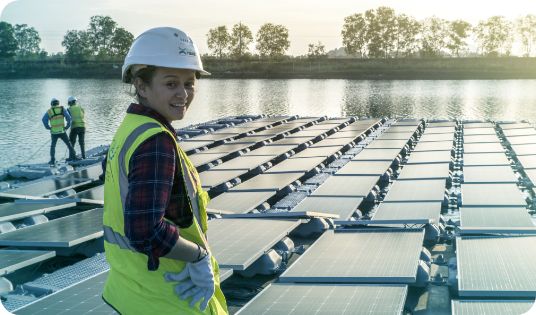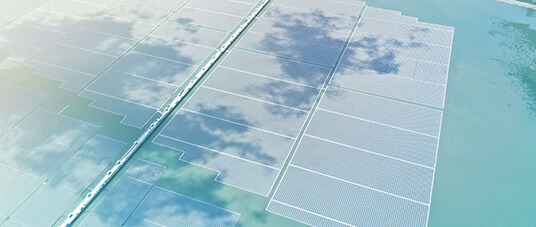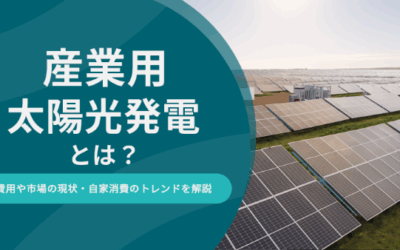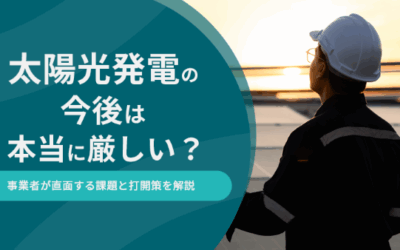
The challenges of floating solar power plant in winter
Floating solar plants have many advantages, however they face several challenges, particularly in winter, which have a direct impact on energy efficiency.
The main challenge: Ice and snow
The efficiency of floating solar can be compromised by several factors:
- When panels are installed in cold area, it happened that the amount of sunlight may be insufficient due to the shortness of the days and the weather conditions. This reduction of sunlight creates shortfall in the energy yield.
- Then, formation of frost creates an insulating layer on the surface of the solar panels, which reduces light transmission.
- Moreover, the weight of snow, ice and frost brings other challenges to the structure of anchoring systems and might increase the risk of component deterioration.
High winds challenges
Ice and snow are not the only drawbacks during winter, in fact, high winds represent an important risk of damage and disruption for the anchoring systems and the mooring lines. High winds often generate wave which, when they are huge exert stress, friction, and millions of bending cycles on floating solar structures, causing material fatigue. That’s why it is important to carry out environmental studies beforehand, including wind and waves studies to avoid unnecessary energy losses. Discover how we ensure products reliability :
Our solutions against ice and snow at Ciel & Terre International:
In regions or countries with very cold winter, it is very common to see that waterbodies freeze over and might have to deal with a significant snow accumulation. At Ciel & Terre International, we wanted to be sure our floating solar racking system would perform as expected in such cold, icy and snowy conditions.
Lab testing and field observations
Floating solar systems are compatible with projects located in very cold areas. We consider a “cold zone” when the project can face temperatures from 0°C to -40°C/F and a snow load exceeding 350N/m² (62 psf). To meet the site characteristics, we use a combination of :
- Laboratory testing: design compliant with UL2703 (Tests performed up to 1000N/m² snow load.)
- Field observation: Ciel & Terre has a unique position with already several plants installed in extremely cold areas like Korea, Colorado (USA) and Sweden where it has collected important data to tackle the snow challenge.
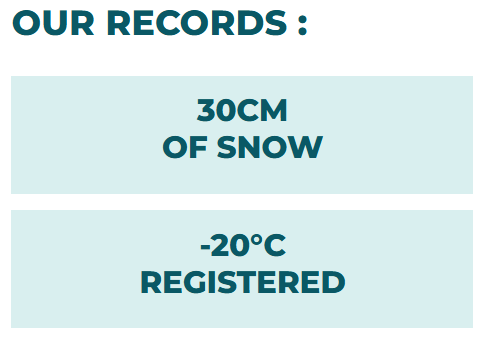
Our snow resistance tests :
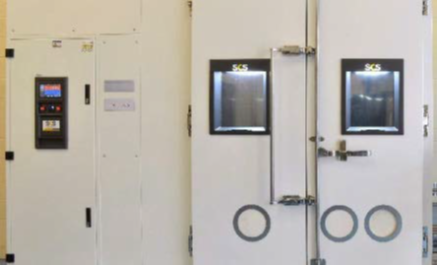
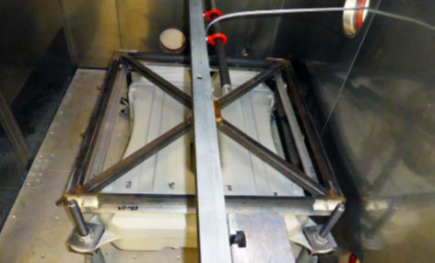
Advantages of winter for FPV
The low water temperature in winter allows to regulate more quickly the solar panels’ temperature, thus improving their energy efficiency .Generating electricity directly on your site means you can optimally cover your consumption needs, thanks to intelligent battery coupling. For instance, during the winter months, you can take advantage of the energy contained in these batteries without fear of power cuts during peak consumption periods.
Our projects in snowy and icy conditions
As pioneer in floating solar power, we are constantly pushing back the limits of our technologies. Our projects in cold areas are proof that innovation is at the core of our approach. By adapting our solutions to climatic conditions, we are contributing to ensure solar energy is accessible to everyone, on a worldwide scale.
Our references

WALDEN, COLORADO, USA – 74 kWp
- Water treatment
- 208 floating solar panels
- 0.13ha reservoir size
- 0.068ha FPV island size
- 52% coverage ratio
- Hydrelio® Classic 1-in-a-row configuration
- Bank anchoring with Percussive driven anchors
- 1.5m maximum depth
- 1.5m level variation
O CHANG , SOUTH-KOREA – 2506 kWp
- Hydro dam
- 4752 floating solar panels
- 101ha reservoir size
- 2% coverage ratio
- Hydrelio® Classic 12° tilt 1-in-a-row configuration
- Bottom anchoring with deadweight anchors
- 13.8m maximum depth
- 11.3m level variation
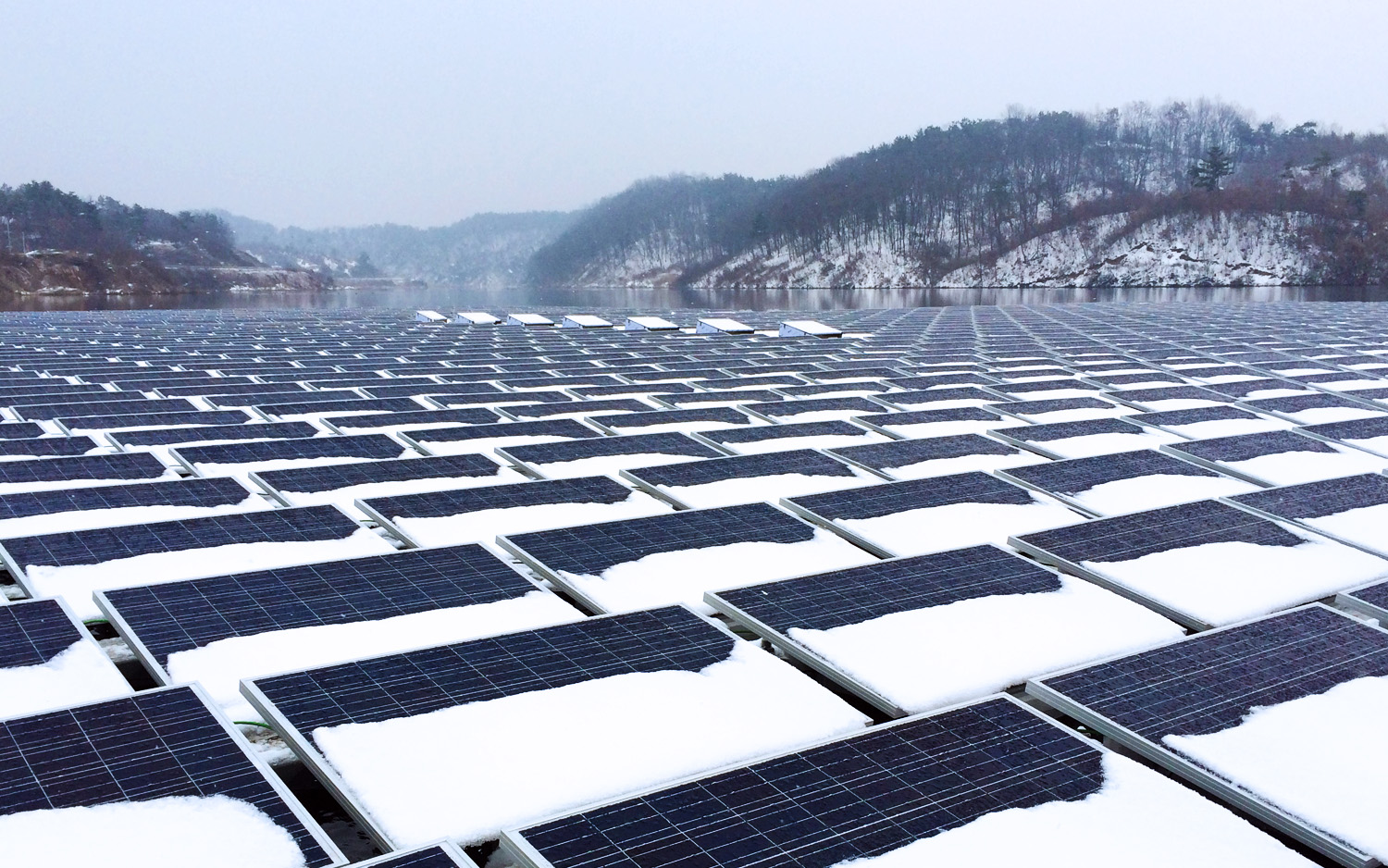
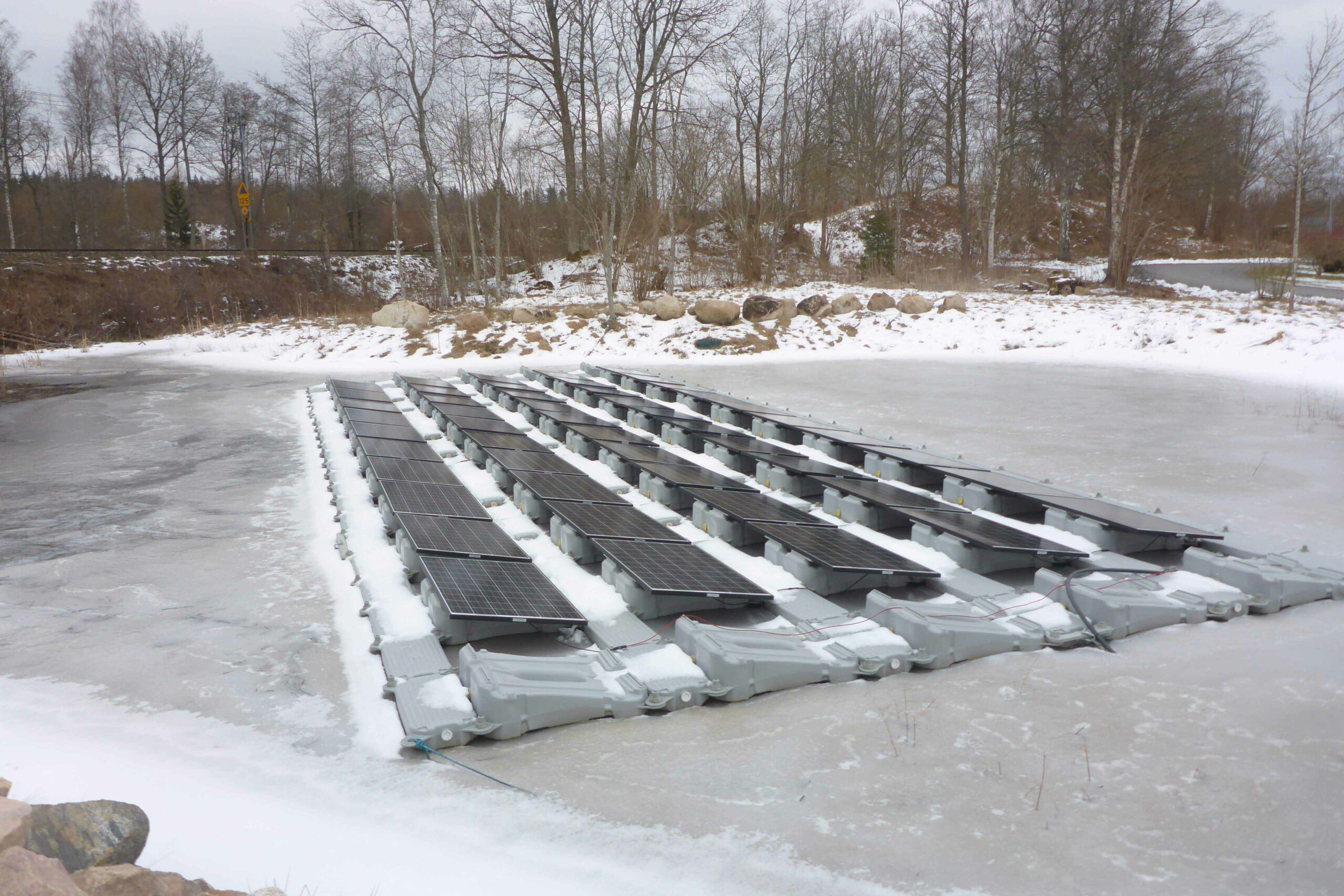
BOR, SWEDEN – 13 kWp
- Irrigation reservoir
- 50 floting solar panels
- 0.13ha reservoir size
- 0.015ha FPV island size
- 11% coverage ratio
- Hydrelio® Classic 1-in-a-row configuration
- Bank anchoring with percussive driven anchors
- 2m maximum depth
- 0.5m level variation
Benefits of floting solar plants
Floating solar panels offer distinct advantages that go beyond traditional systems, providing innovative solutions for energy production in various environments. Here are some of these benefits:
- Does not use fertile land
- Installed on available water surface
- Preserves environmental ressources
- A solution to a major issue : evaporation & seasonality
- Reduce CO2 emission
- Lake rental fee
- Generates local employement
- Increases local economic activity
- Converts unused spaces into profitable areas
- Reduces grid-connection costs and major infrastructure investments
- Enhances electricity generation thanks to water’s natural cooling effect
